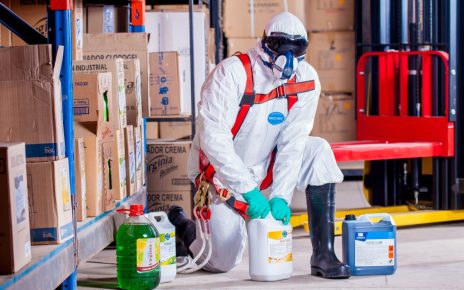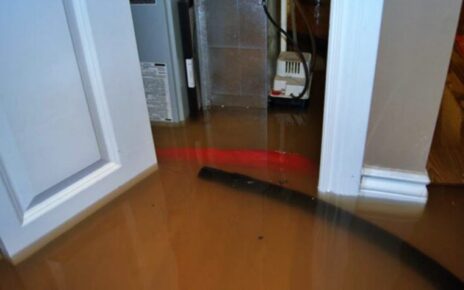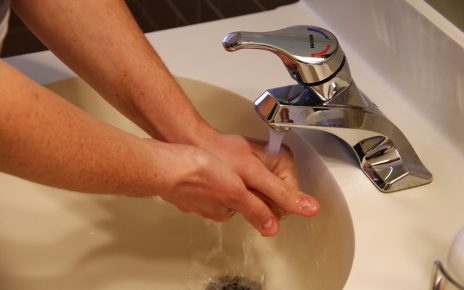Table of Contents
Introduction
Maintaining your home’s plumbing system is an essential part of homeownership. Over time, pipes and fixtures will eventually need replacing. Knowing the lifespan of the different pipe materials used in your home will help you plan and budget for repairs and replacements.
The purpose of this article is to provide an overview of the most common pipe materials used in residential plumbing systems and their typical lifespans. This information will help homeowners understand when to expect to replace pipes based on the type of material. With proper planning, pipe replacements don’t have to be an unexpected expense.
What Are the Main Pipe Materials Used in Homes?
Many different materials are used for the pipes that make up your home’s plumbing system. The most common pipe types found in residential plumbing are:
Copper
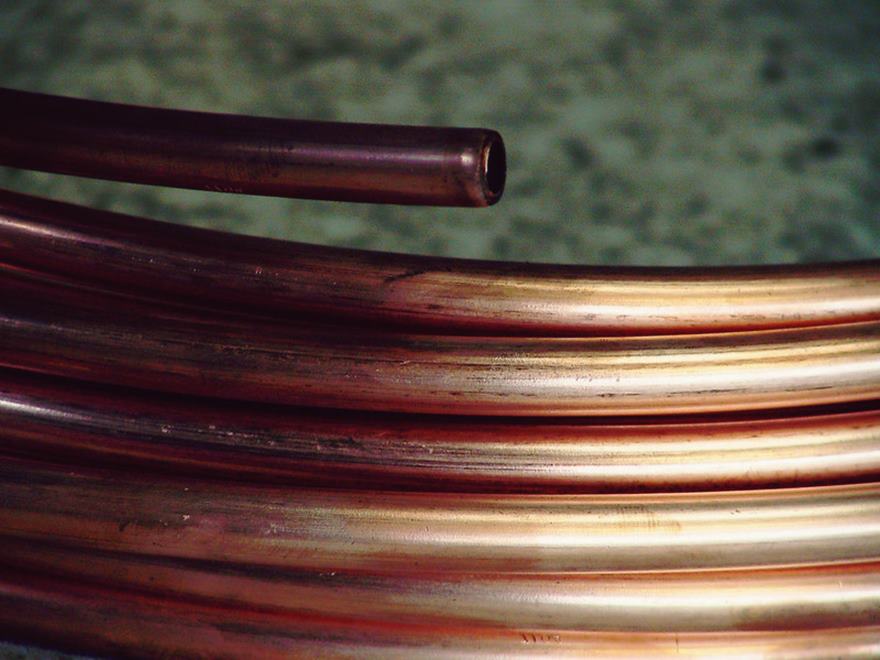
Copper is an excellent material for water supply lines. It is naturally resistant to corrosion and has antibacterial properties. Copper pipes are rigid, so they must be soldered or crimped together. The two main types of copper pipe are Type M and Type L, with Type L being thicker and more durable.
PEX

PEX (cross-linked polyethylene) has become a very popular plumbing material in recent years. It is flexible plastic tubing that is resistant to temperature extremes and corrosion. PEX piping is easy to install, requiring fewer joints than copper or CPVC. It comes in coils and can be run long distances without joints.
PVC
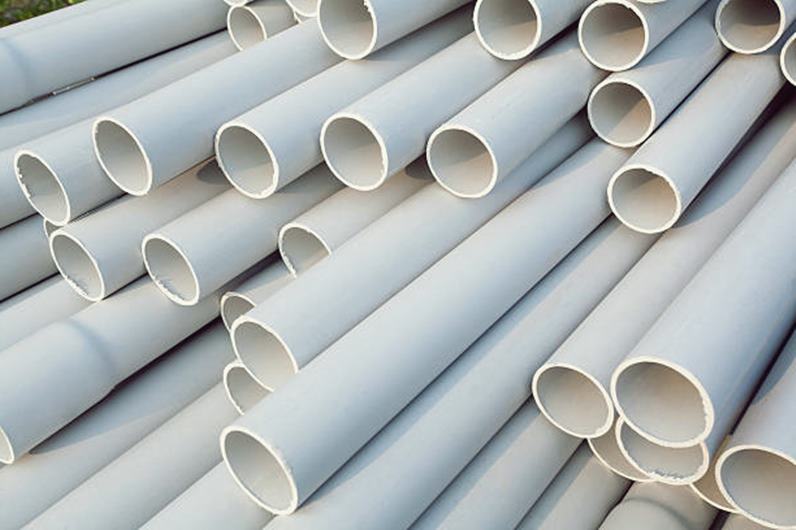
PVC (polyvinyl chloride) is a rigid plastic piping commonly used for drain lines. It is durable, economical, and easy to install using solvent welding. PVC is not recommended for hot water supply lines, as high temperatures can deform it. A related material called CPVC can withstand high temperatures.
Cast Iron
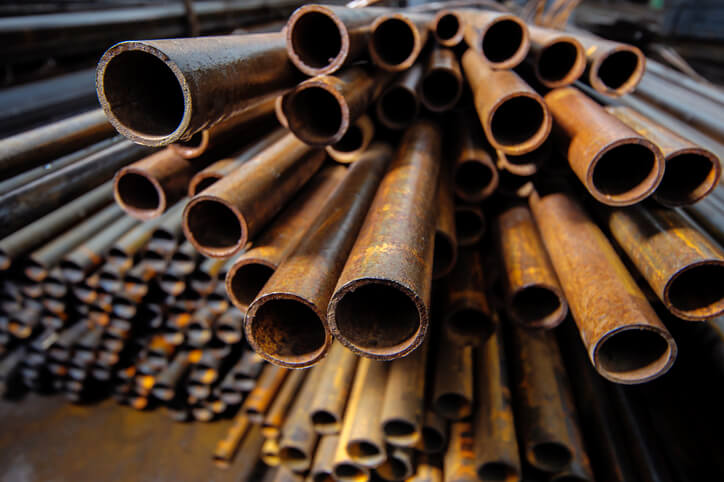
Cast iron pipes have been used for decades for waste and vent lines. They are durable but prone to rusting over time. Newer PVC has replaced cast iron for some applications, but cast iron is still found in older homes. It has a long lifespan if properly maintained.
Typical Lifespan of Copper Pipes
Copper pipes are commonly used for plumbing in many homes. However, the lifespan of copper pipes can vary greatly depending on the thickness of the pipes and their susceptibility to corrosion.
The two main types of copper pipes used are M-type and L-type. M-type copper pipes are the thinnest variety. Because they are so thin, M-type copper pipes are unfortunately prone to corrosion and pinhole leaks. These thinner pipes often start to leak after only 20 years or so.
L-type copper pipes are much thicker and more durable than M-type pipes. Properly installed L-type copper plumbing can easily last 50-100 years without leaking. The thicker walls of L-type copper pipe make them highly resistant to corrosion over time.
Some builders try to cut costs by installing thinner M-type copper pipes instead of more expensive L-type pipes. But the M-type pipes’ susceptibility to corrosion means they often start leaking relatively quickly, leading to costly repairs or full replacement.
The acidity level of the water passing through copper pipes also affects their lifespan. More acidic water can erode and corrode copper pipes faster. So areas with very hard water may experience more rapid corrosion of copper plumbing.
In summary, copper pipe lifespan is highly dependent on pipe thickness and water acidity. Thicker L-type copper pipes installed in areas with neutral or mildly acidic water can last 100 years or longer. But thinner M-type copper pipes in areas with very acidic water may start leaking in 20 years or less.
Typical Lifespan of PEX Pipes
PEX (cross-linked polyethylene) piping has become a top choice for many homeowners and builders due to its extreme durability and flexibility. This piping is designed to resist typical damages that can occur in plumbing systems, such as freezing, corrosion, scaling, and growth of bacteria and mold.
The cross-linking process used to manufacture PEX pipe gives it a robust molecular structure that allows the tubing to expand and contract easily as temperatures fluctuate or water pressure changes. At the same time, PEX maintains its rigidness to keep water flowing efficiently.
Unlike copper, PEX tubing is not prone to the pinhole leaks that can spring up so commonly in aging metal pipes. Its seamless design also eliminates potential leak points.
Provided it’s properly installed, PEX piping should conservatively last upwards of 50 years without needing repairs or replacement. This longevity is almost unparalleled among home plumbing materials. The pipes are warranted by manufacturers to last several decades if not an entire lifetime.
So you can expect that PEX installed today should keep performing reliably for you and future owners for the next half century and beyond. This makes it an excellent investment for both new construction and repiping projects.
Typical Lifespan of PVC/CPVC Pipes
PVC (polyvinyl chloride) and CPVC (chlorinated polyvinyl chloride) pipes are commonly used in plumbing systems, with some key differences.
PVC pipes are well-suited for drainage systems, as they are durable, non-corrosive, and inexpensive. However, PVC pipes should not be used for hot water lines, as high temperatures can cause the rigid plastic to soften and deform over time. Under typical conditions, PVC drainage pipes can last up to 100 years.
CPVC pipes are heat-resistant versions of PVC that have additional fire-retardant chemicals. This makes CPVC an ideal material for hot and cold potable water delivery. Like PVC drainage pipes, CPVC hot water lines can also last up to 100 years under normal conditions.
The longevity of both PVC and CPVC is due to their non-metallic, non-corrosive material that does not rust, scale or accumulate mineral deposits. Proper installation is important, and avoiding exposure to freezing temperatures and direct sunlight will help maximize lifespan. Overall, both PVC and CPVC offer durable piping solutions for drainage and water supply lines.
Typical Lifespan of Cast Iron Pipes
Cast iron is commonly used for drainage lines in home plumbing systems. This durable material can last approximately 75-100 years under typical conditions before needing replacement.
The key benefit of cast iron as a drainage line material is its longevity. While other plastics may crack, corrode, or develop pinholes over time, cast iron’s strength allows it to withstand decades of use without failure. Even in older homes, original cast iron drain pipes often outlive other plumbing components.
Cast iron is also resistant to root intrusion, which can be a problem with other drain line materials. Tree roots penetrating and blocking drainage pipes is a common issue, but cast iron’s impenetrability prevents this.
Compared to other piping materials like PVC and ABS plastic, cast iron is more expensive. But its long lifespan makes it a cost-effective investment in the long run. Spending more upfront on cast iron drainage lines can prevent the need for earlier replacements or repairs.
For any homeowner, knowing your cast iron drain pipes can reliably last up to a century under typical conditions is useful when budgeting and planning for future plumbing repairs and replacements. This very long lifespan makes cast iron an optimal material for below-ground drainage applications.
Factors Affecting Pipe Lifespans
The lifespan of your home’s pipes depends on several key factors:
- Pipe Material: The inherent durability and corrosion resistance of the pipe material plays a major role. Copper and cast iron are susceptible to corrosion over time, especially from acidic water. PEX and PVC/CPVC pipes are highly corrosion-resistant.
- Water Acidity/Composition: Acidic, corrosive water can wear away and corrode copper, steel, and cast iron pipes much faster. Hard water containing lots of mineral deposits can also accelerate wear. PEX and PVC/CPVC pipes are not affected by acidic water.
- Pipe Maintenance: Regular pipe maintenance like replacing washers, tightening connections, sealing leaks, and removing mineral deposits and corrosion can significantly extend the lifespan of any pipe material. Neglecting maintenance leads to faster deterioration.
Proper pipe material selection considering your home’s water composition and establishing a regular maintenance routine are key to getting the maximum lifespan out of your pipes.
When to Budget for Pipe Replacements
Depending on the age and material of your home’s pipes, you’ll likely need to budget for full or partial pipe replacements at some point during your ownership. This is especially important if you’ve purchased an older home.
While high-quality copper and cast iron pipes can potentially last 50-100 years, lower-grade materials like thin copper and PVC may need replacing in 20-50 years. And if your home still has galvanized steel pipes, those are long overdue for an upgrade.
For older homes, a proactive full inspection and replacement of any aging pipes can prevent major leaks, bursts, and water damage down the road. It’s best to get ahead of pipe problems before they become emergency plumbing issues.
If your home inspector notes potential pipe concerns during a home purchase, factor the cost of replacements into your homebuying budget. For existing homeowners, periodically inspect your pipes’ condition and plan out a timeline for replacing them.
Set aside savings over time to cover the materials and labor costs of replacing worn pipes. This prevents the need to fund emergency plumbing repairs. With proper planning, you can take care of pipe upgrades proactively rather than reactively.
Extending Your Pipes’ Lifespans
While pipes typically last for decades, there are some things you can do to extend their lifespans even further:
Use High Quality Materials
When installing new pipes or making replacements, opt for durable, long-lasting materials like copper L-type pipes or PEX piping. The small upfront investment will pay off in the long run. Avoid cheap materials that are more prone to corrosion and leaks.
Maintain and Flush Pipes Regularly
By flushing pipes annually and maintaining water pressure within the recommended range, you can prevent mineral buildup and corrosion inside pipes. Consider installing water softeners or filters if you have hard water.
Address Leaks Quickly
Even small leaks should be repaired right away. Allowing water to continually seep from pipes causes moisture damage and exacerbates corrosion. Catching leaks early allows for easy repairs. Ignoring leaks leads to bigger problems.
Regular maintenance, high-quality materials, and rapid repairs are the keys to maximizing your pipes’ lifespans. With proper care, your plumbing system can outlast your tenure in the home.
Conclusion
As a homeowner, being aware of your plumbing system’s components and their expected lifespans is crucial for maintenance and budgeting. The key pipe materials used in homes are copper, PEX, PVC/CPVC, and cast iron. These each have varying typical lifespans:
- Copper pipes generally last 20-100 years depending on pipe thickness and water acidity. Thinner pipes corrode faster.
- Flexible PEX piping has a lifespan of around 50+ years under normal conditions.
- PVC and CPVC piping can last up to 100 years, with PVC used for drainage and CPVC for hot water.
- Cast iron drain lines are very durable, lasting 75-100 years.
Many factors like water quality, temperature changes, installation methods, and frequency of use can impact how long pipes last. As a homeowner, plan for needed pipe replacements, especially in older homes. Budgeting for new pipes and proactively checking your plumbing for signs of wear can help avoid unexpected costs and water damage down the road.
Thinking ahead about your plumbing system’s maintenance helps ensure your home remains comfortable and functional for years to come.

